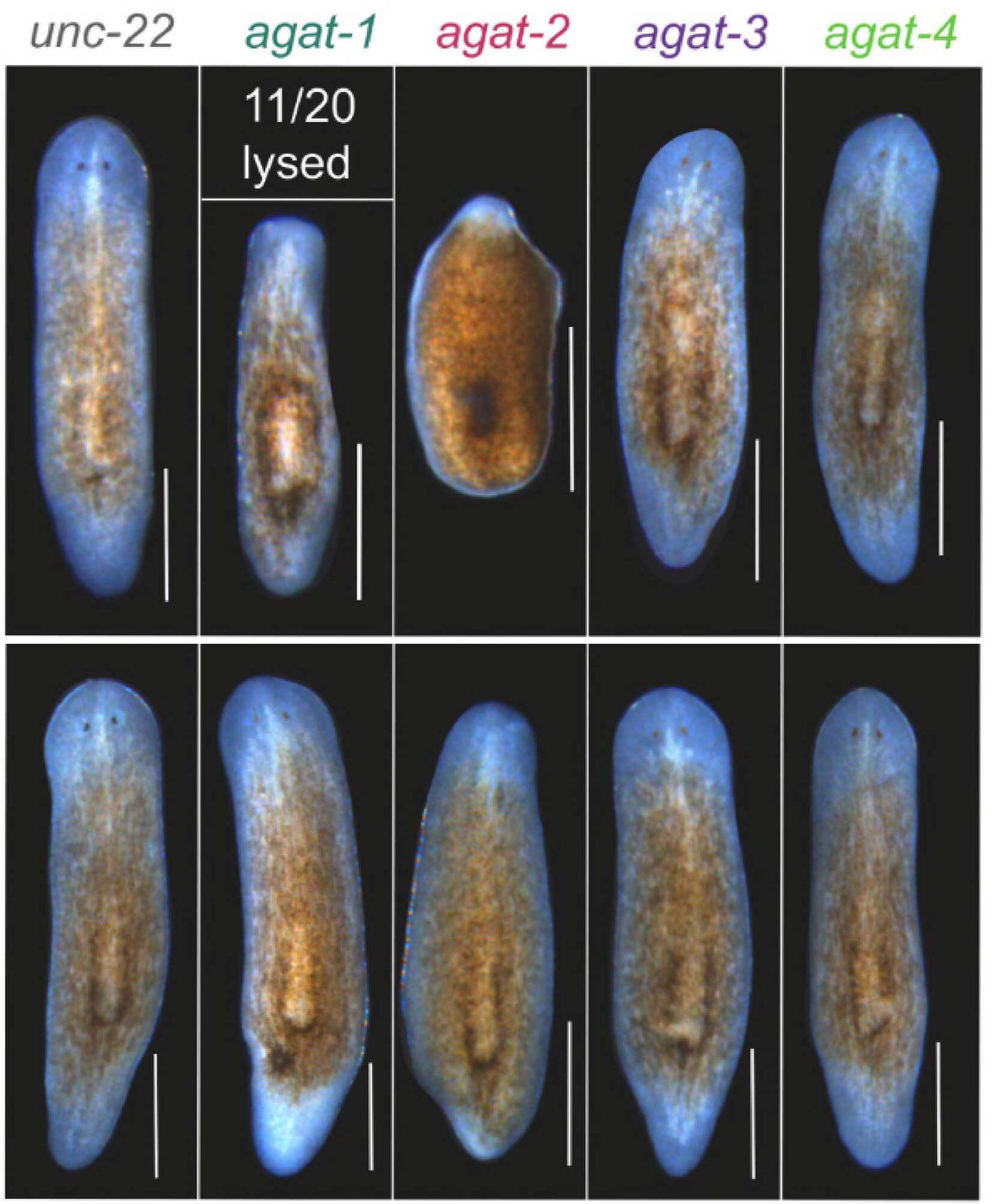By Alissa Poh
Michaela Smolle is the only scientist in her family, half of whom are accountants. As a teen, she realized which career she would not pursue when, ten pages into a college accounting textbook, she fell asleep.
Growing up in Graz, Austria’s second-largest city, science didn’t figure prominently in Smolle’s life plan until high school. “I quite enjoyed biology,” she says, “but it wasn’t until we reached the section on genetics that I really warmed to the subject. Then a wonderful teacher introduced us to biochemistry, and that’s where things took off.”
Deciding to spend her undergraduate years abroad, Smolle headed off to the University of Edinburgh in Scotland. There, she learned to “totally ignore the weather” and appreciate the panoramic city views from Arthur’s Seat, even though she thought her first visit—at sunrise, after a chilly, predawn clamber to the top with fellow freshmen—was “a real letdown.” Coffee shops, not smoky pubs, were her frequent hangout spots, including the popular Elephant House where J.K. Rowling first brought Harry Potter’s world to life.
Along the way, she delved into biochemistry and investigated factors that influence the formation, positioning, and mobility of chromatin’s basic repeating units, or nucleosomes. By the time she graduated with honors, science had gotten enough of a hold on her that pursuing a PhD seemed only natural. She moved to Glasgow and spent the next four years using a variety of biophysical techniques to illuminate the molecular architecture of the human pyruvate dehydrogenase complex—three metabolic enzymes that link glycolysis to the Krebs cycle and are essential to life.
She also cultivated a love for hiking and often drove her aged car, Bertuccio—named after the loyal steward in The Count of Monte Cristo—on exploratory trips to the Scottish highlands. On a three-week cycling trip along the Outer Hebrides, where Smolle and a friend biked from one restaurant to the next, she discovered that excellent British cuisine does exist. “You just have to know where to go,” she says. As for haggis—Scotland’s famous dish of sheep’s heart, liver, and lungs, minced with oatmeal and simmered in the animal’s stomach—“it’s really tasty, if you don’t think too much about what’s inside,” Smolle reckons. “When it comes to food, I’ll try everything at least once.”
While she enjoyed her biophysics-focused graduate research, Smolle afterwards returned to chromatin biology. “There’s so much about chromatin that’s interesting—how it’s packaged to fit into the nucleus and yet has to be rendered accessible for gene transcription to occur,” she says. Applying for a postdoctoral fellowship with Stowers Investigator Jerry Workman, PhD, was an easy decision because of his expertise in the field. Other than that, Smolle arrived stateside knowing little about the institute and even less about Kansas City, only that it was “straight bang in the middle of the U.S.”
At Stowers, Smolle has been busy figuring out how various chromatin remodeling factors package and unpackage genomic DNA and thereby regulate the process of transcribing genes into proteins. In 2012, she and others in Workman’s group published papers in Nature Structural & Molecular Biology and Nature describing how, in yeast cells, the protein Set2 is responsible for marking nucleosomes with methyl groups at specific points. This signals two other remodeling factors, Isw1 and Chd1, to help maintain chromatin’s structural integrity as the enzyme RNA polymerase II passes through and copies information in a lengthening transcript. “If Set2 is suppressed, the system gets messed up and the overall structure of chromatin becomes looser, which results in the production of additional transcripts,” Smolle explains.
“I’m fascinated by molecular mechanisms,” she adds, “and I also really enjoy analyzing genomewide data sets. You get so much data out of them, but you’re usually exploring a very specific question. I can’t help thinking ahead about how the rest of that data might be used to answer other questions.”
When not working long hours in the laboratory, Smolle experiments with nature and landscape photography. “People are fun to photograph, too, but I lack practice, and while plants don’t care how long it takes to get the settings right, humans aren’t so patient,” she says. Locally, she’s captured scenes of the River Market and various stages of the Kauffman Center’s construction. The historic West Bottoms, with its funky charm, is another favorite spot.
Languages also fascinate her. Fluent in German and English, Smolle considers her grasp of several other tongues, including Italian and French, “reasonable, if somewhat atrophied by lack of use.” She knows enough Spanish to backpack around much of South America, which sits atop her travel bucket list. If she had more time, and despite its complex grammar, she’d love to add Russian to her repertoire. Gaelic, on the other hand, she deems “just impossible.”
In another year or so, Smolle will move on with her career. Unfazed by the uncertainties of traditional academia, she’s looking at faculty positions and definitely wants to run her own laboratory someday. The world is her oyster—“I wouldn’t mind returning to Europe, but I’m open to working elsewhere,” she says. “‘Just try’ is my motto. The answer may be no, but if I don’t try, it’ll never be yes. It doesn’t mean I don’t have my doubts occasionally, but so far this guiding principle has worked out pretty well.”



